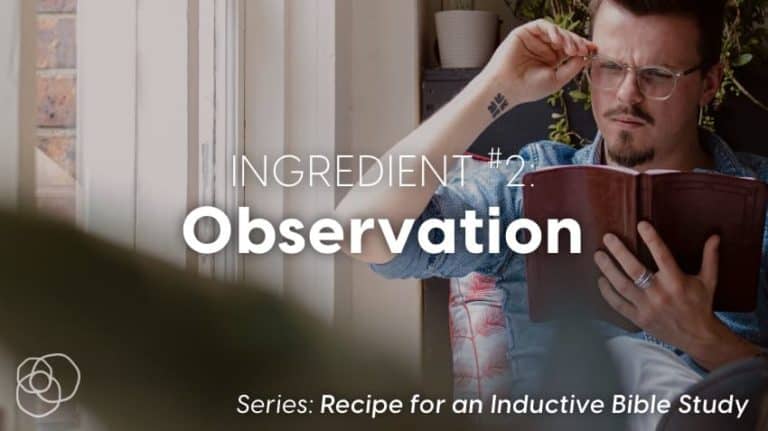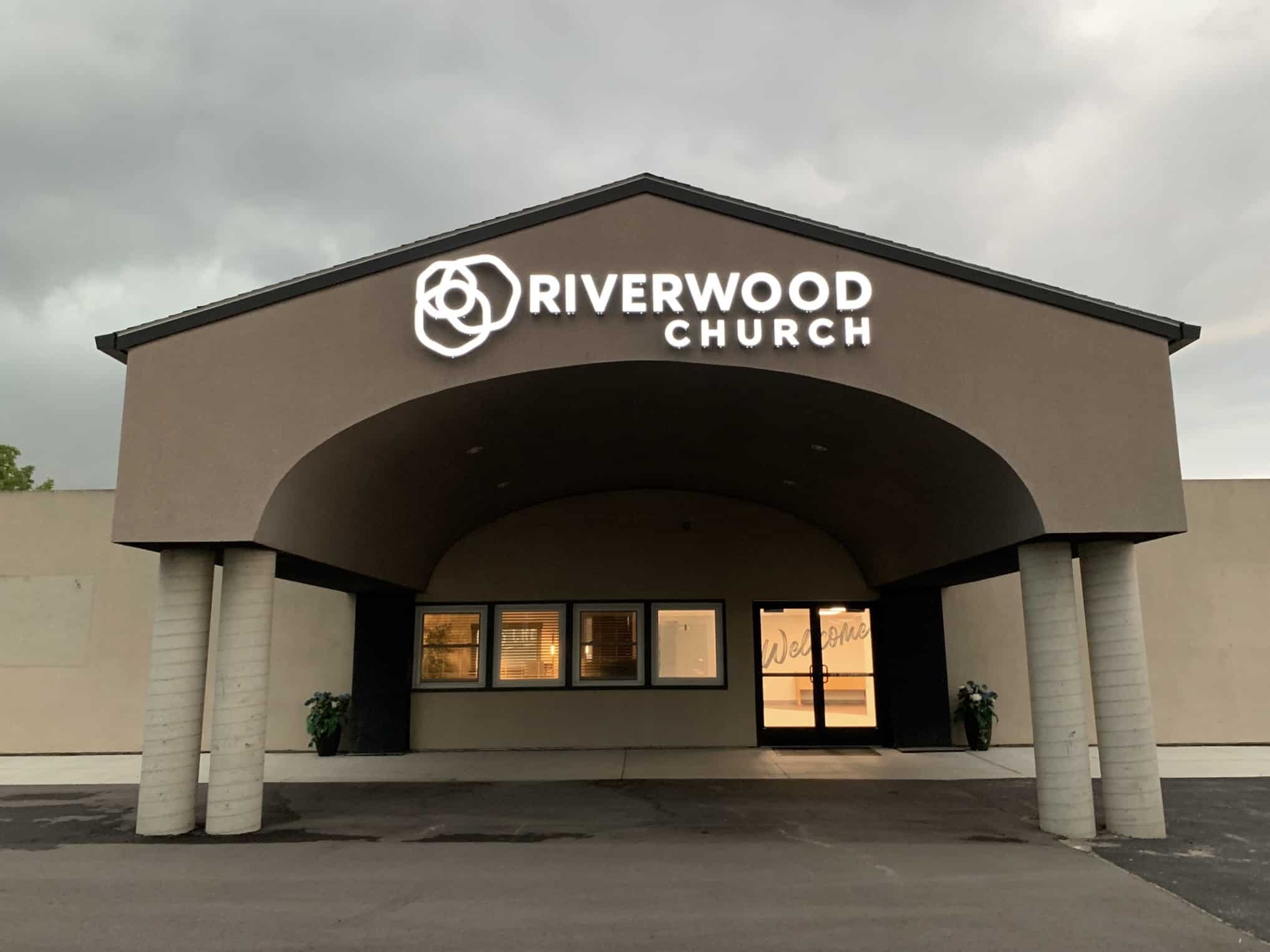
by Erin Bird
In my last post, we began a series on a Bible study method known as the Inductive Bible Study. We talked about the first and most important ingredient in this "recipe:" the Scripture -which means we are ready for Ingredient #2.
When my kids were small, we had a couple of I Spy books. If you don't know what an I Spy book looks like, each page has a photo of several objects strewn about the page, and the text tells you to find certain objects within the photo (like this). (They were sort of like easier versions of Where's Waldo?)
When you do an Inductive Bible Study, the second action you do after reading your Scripture text is to take some time to Observe. In other words, play "I Spy" with the text.
But what exactly are you looking for? Pretend you are an investigator or journalist by asking the typical Who, What, Where, When, and How questions. (Yes, I skipped "Why" because that comes in Ingredient #3!)
As you ask these questions, keep on eye out for...
Along with this, take time to note what jumps out at you. Is there anything startling? Anything encouraging? Anything that runs counter to culture? Anything that generates more questions than when you first read the passage?
If you are doing a study with a group, share these observations aloud. If doing it alone, be sure to write them down. (Writing your observations down will be especially helpful as you continue adding "ingredients" to your inductive Bible study "recipe.")

Last week, I wrote that we would study Hebrews 4:14-16together to practice what we are learning in this series. To truly help yourself, go grab your Bible right now, and before proceeding through the rest of this email, take some time to write down what you see in this passage, keeping in mind what I wrote above.
So seriously, stop. Don't just keep reading. Go grab your Bible and read through Hebrews 4:14-16.
Really! Don't keep going until you've taken a minute or two to "observe" the passage. I'll wait right here until you're done.
|
|
|
|
|
|
|
Done it? Great! Now read it again. 😊
|
|
|
|
|
|
|
Ok, let's take some time to "observe" the passage.
Who is the passage about?
Jesus! And who is Jesus according to the passage? The Son of God. Also, He is a priest. And not just any priest - the great high priest!
But notice the text is also about you, the reader. Did you see how many times the author says "we" and "us"?
What stands out?
(This can range all over the place as different people will notice different things, but since I'm the one typing this, you'll have to put up with my observations for now...)
I notice that even though Jesus is the "great high priest" who passed through Heaven to come to earth, He still sympathizes with us completely as weak, fallen, sinful humans. While He never sinned, He knows exactly what it feels like to be tempted by sin.
When?
The author of Hebrews is writing in the present tense. He isn't talking about something in the past, like the one-time event of the cross. Nor is he writing about something that will come in the future, like the return of Christ. What he is sharing has to do with the here and now.
How? Where? What else?
To keep this email from getting too long, we'll stop here this week. If you so desire, keep going, asking yourself "How," and "Where?" questions concerning the passage. Also, did you notice any repeat words or patterns? Any "if/then" or causation statements?
Next week, we'll get to Ingredient #3: Interpretation, and hopefully discover together what Hebrews 4:14-16 means.
Receive Riverwood's "News & Notes" weekly email in your inbox. Submit your email address below and stay in the loop.

We are on a mission to help people love like Jesus loved and live like Jesus lived.
It doesn't matter to us if you:
No matter where you are in your spiritual journey, we want to help you become who God has created you to be.